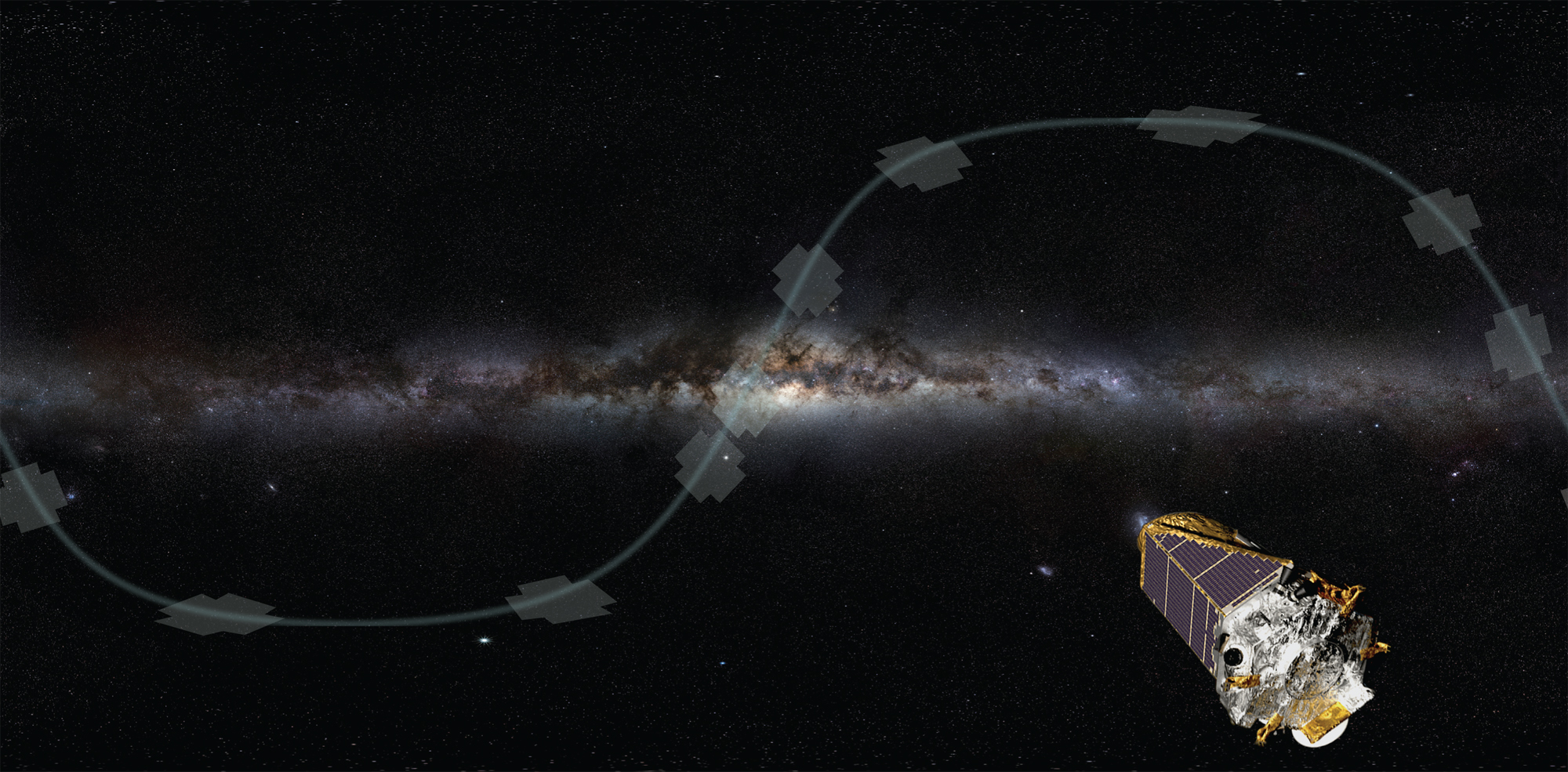NASA's Prolific Kepler Spacecraft Begins New Search for Alien Worlds

BOSTON — NASA's hobbled Kepler spacecraft is once again seeking out strange new worlds under a new 80-day mission to hunt for alien planets.
NASA officials recently approved the new Kepler spacecraft mission (called K2) after the exoplanet-hunting space probe suffered a major malfunction last year. Two of Kepler's reaction wheels, which are used to keep the spacecraft precisely pointed in its orbit, failed, effectively ending the telescope's mission. Now, scientists are still using the spacecraft to search for distant worlds, albeit in a different way.
"After the loss of the second reaction wheel, there were many doubters that we would ever do anything to repurpose the spacecraft," Kepler scientist Steve Howell said during a session here at the 224th meeting of the American Astronomical Society on Tuesday (June 3). "So I'd just like to recognize people that weren't doubters, which were many of us, that we could find something very neat to do." [7 Great Planet Discoveries by the Kepler Spacecraft]
![The mission of the Kepler Space Telescope is to identify and characterize Earth-size planets in the habitable zones of nearby stars. [See how NASA's planet-hunting Kepler spacecraft works in this Space.com infographic]](https://cdn.mos.cms.futurecdn.net/Y5zsbomX7KxA8W6LjFsGU8.jpg)
The original $600-million Kepler space telescope launched in 2009. The spacecraft's initial four-year mission aimed to help uncover how common Earth-like planets are in the Milky Way by staring deeply into a single patch of sky. Kepler finds worlds by spotting tiny dips in the light of a star as a planet transits across the star's face. So far, the exoplanet-hunting craft has cataloged more than 3,800 potential alien worlds, and follow-up work has confirmed about 960 of them as true planets.
Scientists think that K2 can help add to those numbers. Because K2 missions will last about 80 days, a relatively short amount of time, some scientists want to hunt for alien planets orbiting a certain class of stars that are smaller and dimmer than the sun. The new mission could target planets around these dim stars (known as M dwarfs) because the orbital period of the planet is shorter, making it easier to see in the span of 80 days.
"If you want to find nearby planets, well, you should look at nearby stars, and 70 percent of the stars locally are M dwarfs, so you're going to look at an M dwarf," Ben Montet, an astrophysics graduate student at the California Institute of Technology, said during the meeting. "One other benefit is that M dwarfs are everywhere."
Kepler is now aiming itself at several pre-planned fields of sky in the plane of Earth's orbit, called the ecliptic, for the K2 mission. The spacecraft wasn't designed to stay in its new orbit, so engineers have been working to be sure that the probe can perform science stably. In the new orbit, solar radiation pressure helps to balance the robotic craft, but engineers still need to correct the orbit every now and then.
Get the Space.com Newsletter
Breaking space news, the latest updates on rocket launches, skywatching events and more!
The new positioning also creates some interesting challenges. Astronomers using the new K2 data have to be careful of solar system objects like asteroids and planets that could sneak into the frame.
K2 just passed an engineering test showing that the newly repurposed spacecraft can still hunt for exoplanets while staying in its orbit effectively. The new mission should now be embarking on its first full, approximately 80-day science run.
Follow Miriam Kramer @mirikramer and Google+. Follow us @Spacedotcom, Facebook and Google+. Original article on Space.com.

Join our Space Forums to keep talking space on the latest missions, night sky and more! And if you have a news tip, correction or comment, let us know at: community@space.com.

Miriam Kramer joined Space.com as a Staff Writer in December 2012. Since then, she has floated in weightlessness on a zero-gravity flight, felt the pull of 4-Gs in a trainer aircraft and watched rockets soar into space from Florida and Virginia. She also served as Space.com's lead space entertainment reporter, and enjoys all aspects of space news, astronomy and commercial spaceflight. Miriam has also presented space stories during live interviews with Fox News and other TV and radio outlets. She originally hails from Knoxville, Tennessee where she and her family would take trips to dark spots on the outskirts of town to watch meteor showers every year. She loves to travel and one day hopes to see the northern lights in person. Miriam is currently a space reporter with Axios, writing the Axios Space newsletter. You can follow Miriam on Twitter.
